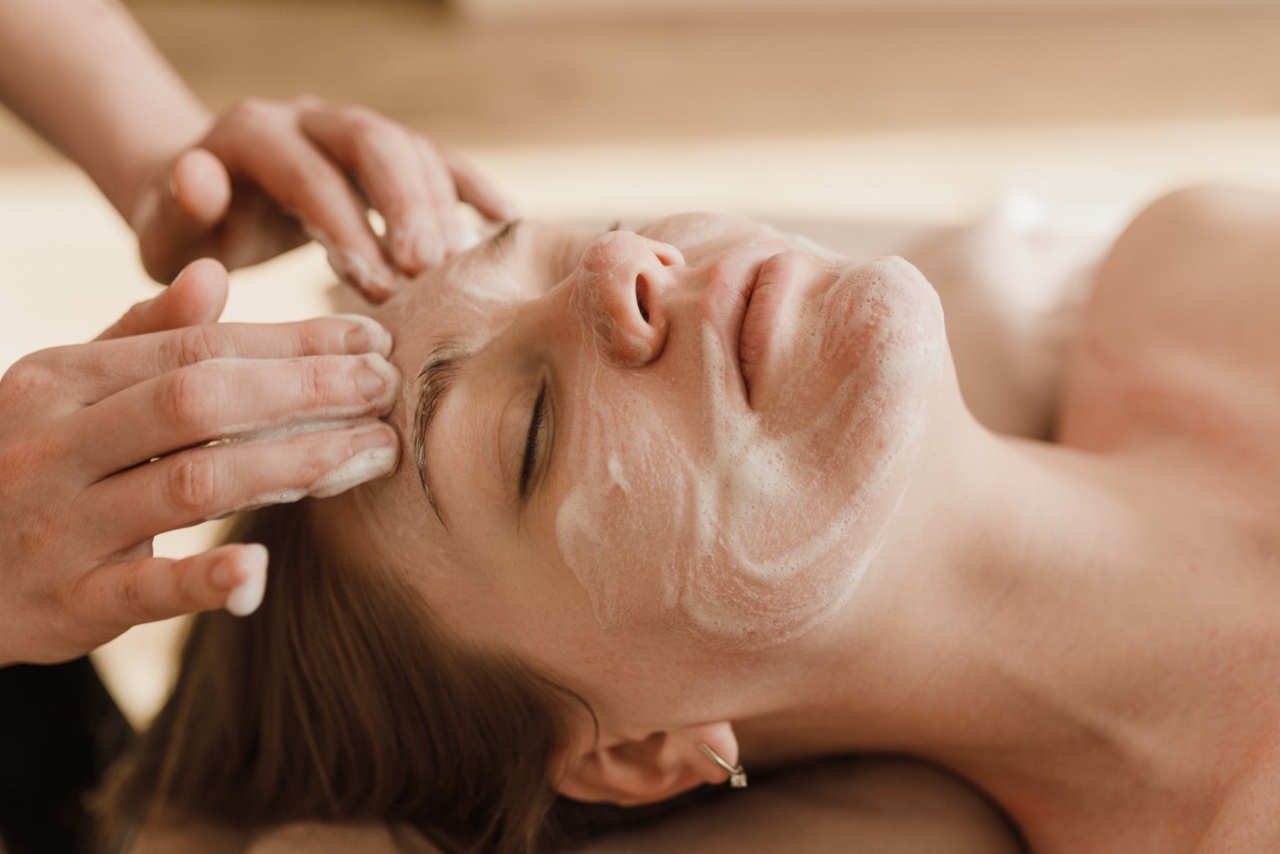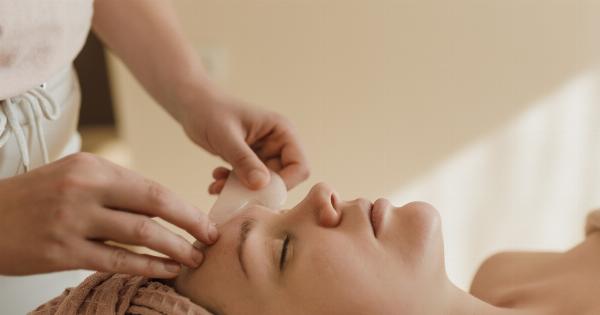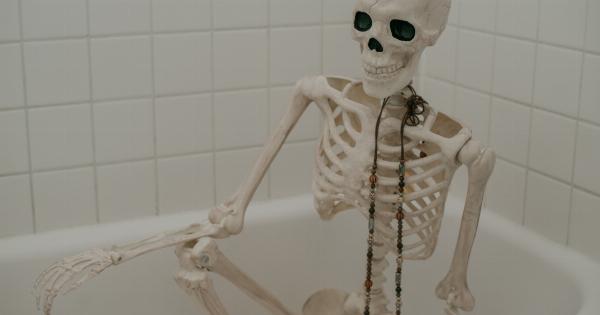Facial paralysis can be a distressing condition that affects the muscles of the face, leading to a sudden and unexplained weakness or paralysis. One of the most common causes of facial paralysis is Bell’s palsy.
This condition can occur at any age, but it most commonly affects individuals between the ages of 15 and 60. In this article, we will explore what Bell’s palsy is, its symptoms, potential causes, and various treatment options available.
Symptoms of Bell’s Palsy
The symptoms of Bell’s palsy can vary from person to person, but they generally involve a rapid onset of weakness or complete paralysis on one side of the face. Some common signs and symptoms include:.
- Drooping of one side of the mouth or eyelid
- Difficulty closing one eye or excessive tearing
- Loss of sense of taste on the front two-thirds of the tongue
- Increased sensitivity to sound in one ear
- Pain or discomfort around the jaw or behind the ear on the affected side
If you experience any of these symptoms, it’s important to seek medical attention as soon as possible to receive an accurate diagnosis and appropriate treatment.
Causes of Bell’s Palsy
The exact cause of Bell’s palsy is still not fully understood, but it is believed to be associated with the inflammation and swelling of the facial nerve. Several factors may contribute to the development of Bell’s palsy, including:.
- Viral infections, such as the herpes simplex virus or the varicella-zoster virus
- A compromised immune system
- Physical trauma or injury to the facial nerve
- Family history of Bell’s palsy
It’s important to note that Bell’s palsy is not caused by a stroke or a transient ischemic attack (TIA), despite the similarity in symptoms.
If you experience sudden facial weakness or paralysis, it’s essential to seek immediate medical attention to rule out other serious conditions.
Diagnosis of Bell’s Palsy
Diagnosing Bell’s palsy involves a thorough evaluation of your medical history, physical examination, and ruling out other potential causes of facial paralysis. Your healthcare provider may perform various tests, including:.
- Physical examination of the face to assess muscle strength and facial symmetry
- Eye examination to check for corneal reflex and tear production
- Blood tests to identify any underlying infections or other medical conditions
- Electromyography (EMG) to evaluate the electrical activity of the affected facial muscles
- Magnetic resonance imaging (MRI) or computed tomography (CT) scan to rule out other possible causes of facial paralysis
Once a diagnosis of Bell’s palsy is confirmed, your healthcare provider will recommend an appropriate treatment plan tailored to your specific needs.
Treatment Options
The treatment for Bell’s palsy aims to reduce inflammation, relieve symptoms, and prevent potential complications. Some common treatment options include:.
- Medications: Corticosteroids, such as prednisone, are commonly prescribed to reduce facial nerve swelling and inflammation. Antiviral medications may also be recommended if a viral infection is suspected.
- Physical therapy: Exercises and massage techniques can help to stimulate the facial muscles, improve muscle tone, and prevent muscle atrophy.
- Eye care: Protecting the affected eye from excessive dryness and corneal damage is crucial. Artificial tears, eye patches, or taping the eye closed during sleep may be recommended.
- Surgery: In rare cases where other treatments have not been effective, surgical interventions such as facial nerve decompression may be considered.
It’s important to follow your healthcare provider’s recommendations and attend follow-up appointments to monitor your progress and make any necessary adjustments to your treatment plan.
Recovery and Rehabilitation
The recovery process for Bell’s palsy can vary from person to person. While some individuals may experience a complete recovery within a few weeks to months, others may have residual weakness or other long-term effects.
Facial rehabilitation therapy can be beneficial in improving muscle strength, range of motion, and overall facial function.
During the recovery period, it’s essential to take care of yourself and make necessary accommodations to manage the challenges posed by facial paralysis.
Seek support from friends, family, or support groups, and don’t hesitate to consult with mental health professionals if you’re experiencing emotional distress due to the condition.
Preventing Bell’s Palsy
Since the exact cause of Bell’s palsy is not yet known, there is no guaranteed way to prevent its development. However, some measures may reduce the risk and promote overall facial nerve health:.
- Practice good hygiene: Regularly washing your hands and avoiding close contact with individuals who have viral infections can help reduce the risk of developing Bell’s palsy.
- Maintain a healthy lifestyle: Engage in regular exercise, eat a balanced diet, get adequate sleep, and manage your stress levels to support a strong immune system.
- Protect yourself from injury: Wearing appropriate safety gear during activities that may carry a risk of facial trauma can minimize the chances of nerve damage.
While these measures may not guarantee prevention, they can contribute to your overall well-being and potentially reduce the risk of developing Bell’s palsy.
Conclusion
Bell’s palsy is a condition characterized by sudden facial weakness or paralysis that can be alarming. While the exact cause remains unknown, prompt medical attention and timely treatment can significantly improve the chances of recovery.
If you or someone you know experiences symptoms of Bell’s palsy, it’s important to seek medical care to receive a proper diagnosis and appropriate treatment. Remember, early intervention is key in managing this condition and facilitating a smooth path to recovery.




























